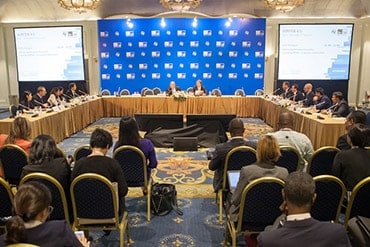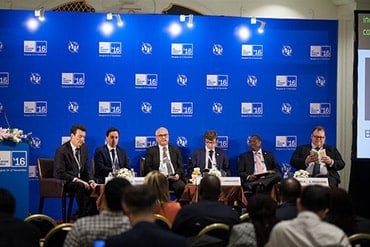
What is the challenge?
As we are enjoying a fantastic summer, we are all frustrated when we plan to meet friends in the city centre and end up in a traffic jam. When we finally reach the centre, we look for a terrace to benefit from another sunny day, but the experience is not optimal: the constant flow of cars next to us makes the environment very noisy, and we worry about air pollution levels. So the challenge is the following:
How can we improve the accessibility and attractiveness of our city centres?
The city of Fribourg, Swisscom, and the engineering company Transitec decided to address this challenge using sensor and mobile data.
We have focused on a specific and important district of a city, the train station area. Generally in the centre, as a tourist, it is the place where you gain your first impression of the city; and as a citizen, it is the place you pass by most often.
In the past, the train station area in Fribourg looked like this:

A couple of decades later, this is the way it looks now, allocating a lot of space to cars:

And here is a possible design to make it more attractive:

How do we transform?
Even if it seems obvious that the changes will make the city more attractive, merchants are concerned that accessibility will be reduced as the flow of cars will be limited and parking spaces removed. It is a fair concern, and that’s where an informed decision-making process, leveraging all available data, can help.
Can we make the centre more attractive and at the same time maintain or even improve accessibility?
What measurements do we need?
City centre accessibility is affected by three types of traffic: exchange traffic, internal traffic and transit traffic. The last one, people going through a city without stopping, is the critical one in that it is unnecessary for the city. This traffic should be steered away from the city centre.
Therefore, we need a cost-efficient way to measure transit traffic. More exactly, we need to have an indicator which focuses on transit traffic by car, since transit by public transport is fine.
To find this insight over a long period of time and with a high level of representation, we need to combine three sources of data.
Which source of data should we use?
We can combine three available data streams:
- Road sensors, providing an accurate measurement of the volume of traffic and differentiating between cars and buses.
- Bus sensors, counting the number of passengers on a bus.
- Mobile phone traces, providing information on the origin and destination of passengers and drivers.
All interactions between the phone and the mobile networks are captured. The anonymized and aggregated data are transformed into the traffic indicators we are looking for: exchange traffic, internal traffic and transit traffic. Our algorithms classify the traces and provide the correct proportions. We then calibrate it with the road sensors and adjust it with the public transport data to calculate the indicator we are looking for.
The visualization of this flow demonstrates the challenge that cities face during peak hours, as you can see in this video demonstrating the movement of people in the city of Zurich from 1.00 a.m. to 8:30 a.m.
What is the outcome?
By combining and analyzing these three sources of data, we obtained the following results for our project: there are 120 000 cars entering the city every day. For the period considered, 48% of this traffic consists of cars which go through the city without stopping more than 30 minutes i.e. transit traffic.
This new insight is enabling the city to convince the population to execute this urban transformation whilst taking actions to reduce transit traffic. The action to reduce transit traffic includes the construction of a new road to better connect the south of the city to the highway entry in the north. Furthermore, traffic light management optimization can also support steering this traffic away from the city centre.
Developing a hyperawareness capability
By leveraging the data generated by our connected environment, cities can:
- Understand better the traffic dynamic
- Communicate their learning to citizens and increase project acceptance
- Measure the impact of projects
- Adjust their project along the way based on continuous monitoring
Cities that are embracing this new hyperawareness capability are well positioned to reach the Sustainable Development Goal defined by the United Nations and improve the quality of life of their citizens.
Finally, looking to the future, additional data can be added as our environment becomes more and more connected:
- Our infrastructure is generating more data – for example, Swisscom and partners are currently deploying 300 CO2 sensors (https://carbosense.wikidot.com/) in Switzerland
- Vehicles are becoming increasingly connected and full of sensors
- In addition to mobile phones, people are starting to carry wearables that provide additional data about their health condition and environment, including the impact of pollution, security, noise, and stress levels.
A dedicated session – Data flows, policy and security: the role of data in smart digital transformation – at ITU Telecom World in Busan, Republic of Korea, on 26 September, will address some of the hurdles and accelerators when executing a data-driven digital transformation such as the one in Fribourg, comparing insights, case studies and experiences from around the world.


 A decade ago, smart phones brought a whole new meaning to a popular adjective. But ‘smart’ has not stopped there – from smart fridges to smart cars and smart cities, we are living in an ever-smarter world. A world where applications, solutions, products, and increasingly whole industries are making innovative use of information and communication technologies (ICTs) to improve the quality of our lives and the efficiency of our services.
A decade ago, smart phones brought a whole new meaning to a popular adjective. But ‘smart’ has not stopped there – from smart fridges to smart cars and smart cities, we are living in an ever-smarter world. A world where applications, solutions, products, and increasingly whole industries are making innovative use of information and communication technologies (ICTs) to improve the quality of our lives and the efficiency of our services.
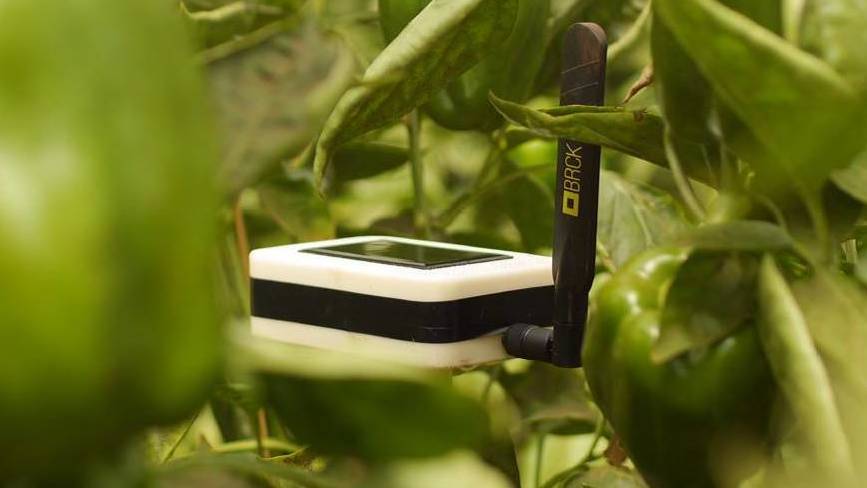
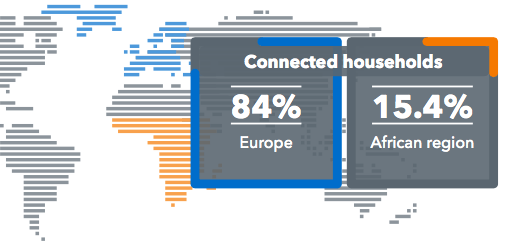

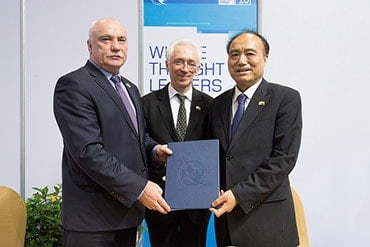 A Memorandum of Understanding was signed today between the Ministry of Communications and Informatization of the Republic of Belarus and ITU to assist ITU in performing measurements related to cases of harmful interference for which an administration is seeking the assistance of ITU.
A Memorandum of Understanding was signed today between the Ministry of Communications and Informatization of the Republic of Belarus and ITU to assist ITU in performing measurements related to cases of harmful interference for which an administration is seeking the assistance of ITU.
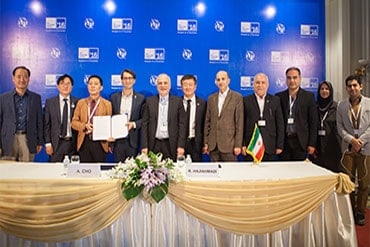

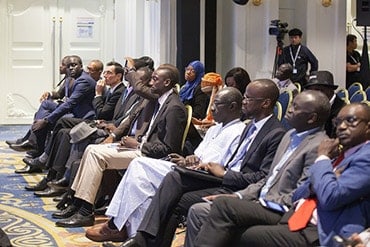 Press conferences for SENEGAL and MADAGASCAR took place yesterday at ITU Telecom World 2016, revealing the exciting investment opportunities in each market and the important ICT projects that are taking place.
Press conferences for SENEGAL and MADAGASCAR took place yesterday at ITU Telecom World 2016, revealing the exciting investment opportunities in each market and the important ICT projects that are taking place.
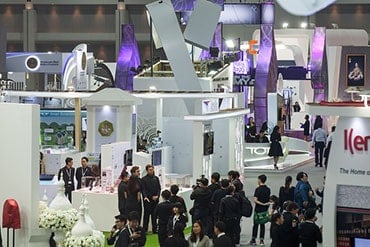 The next ITU Global Symposium for Regulators (GSR) will take place in the Bahamas at the Atlantic Paradise Island Resort between the 11th and 14th July 2017. The decision, which was announced today at the signing of the Host Country Agreement at ITU Telecom World 2016 in Bangkok, will result in regulators, policymakers, industry leaders and other key ICT stakeholders gathering in the Bahamas next year for the annual global dialogue.
The next ITU Global Symposium for Regulators (GSR) will take place in the Bahamas at the Atlantic Paradise Island Resort between the 11th and 14th July 2017. The decision, which was announced today at the signing of the Host Country Agreement at ITU Telecom World 2016 in Bangkok, will result in regulators, policymakers, industry leaders and other key ICT stakeholders gathering in the Bahamas next year for the annual global dialogue.
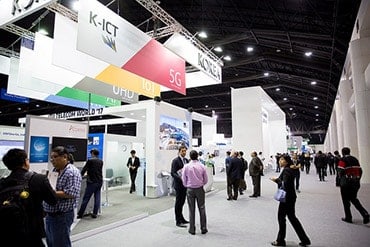 Underlining how ITU Telecom World 2016 is the place to make great partnerships happen, a contract was signed today between Korean Smart Cities innovator DSPONE and Thailand’s CAT BUZZ TV.
Underlining how ITU Telecom World 2016 is the place to make great partnerships happen, a contract was signed today between Korean Smart Cities innovator DSPONE and Thailand’s CAT BUZZ TV.
